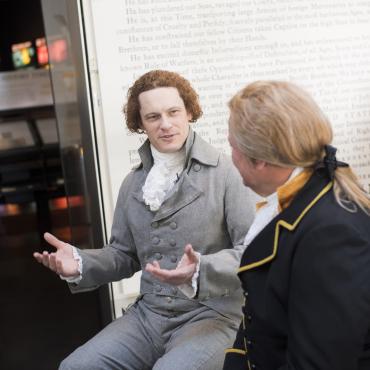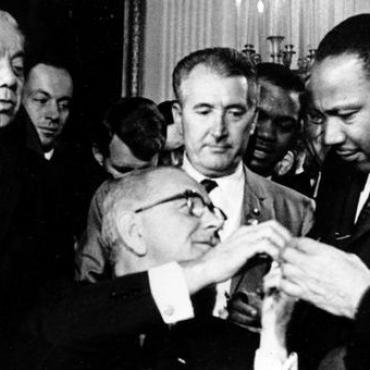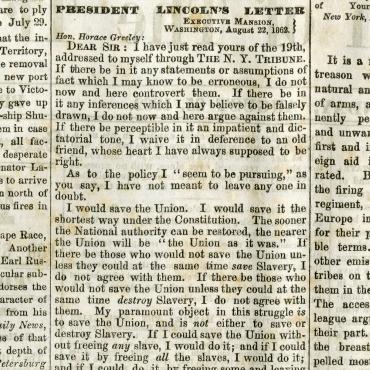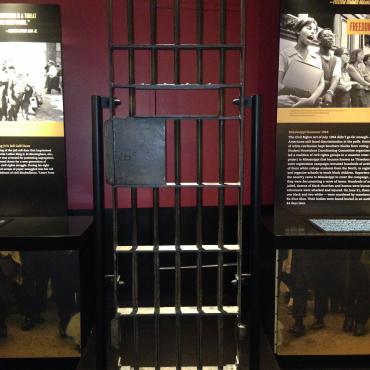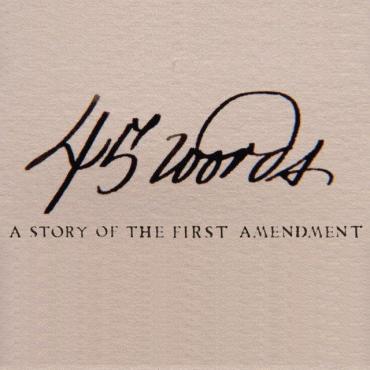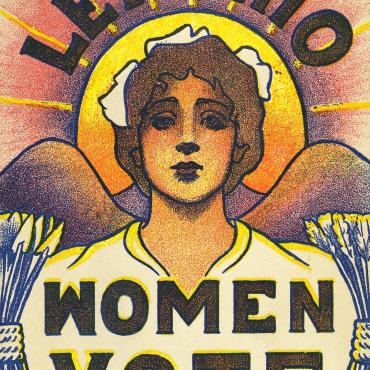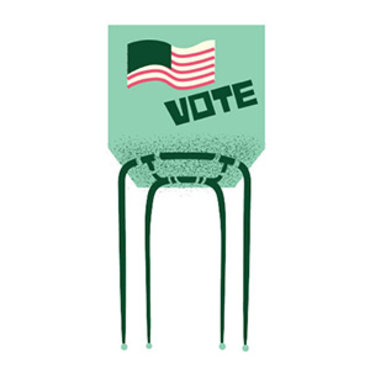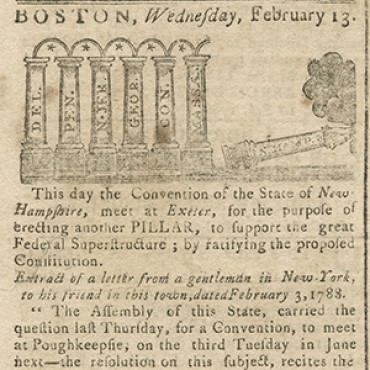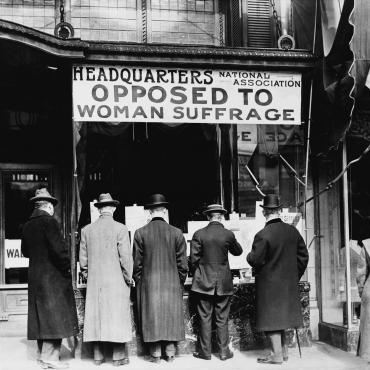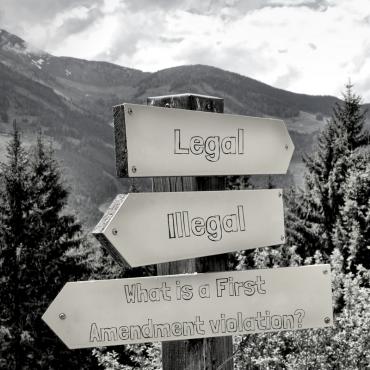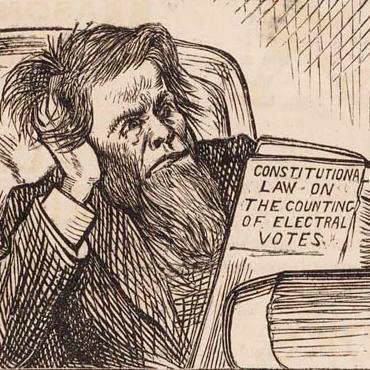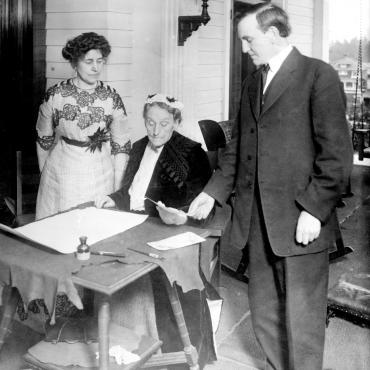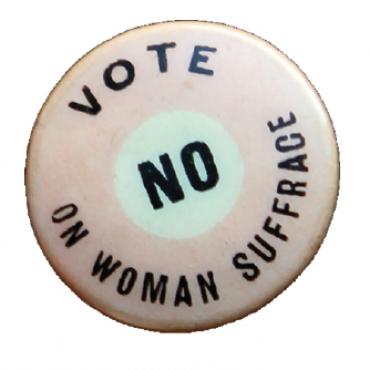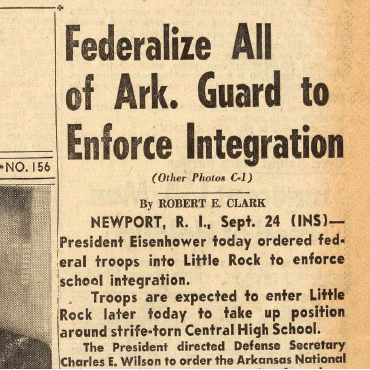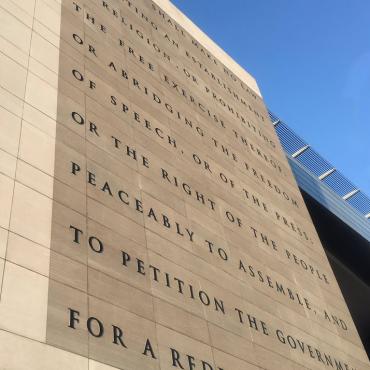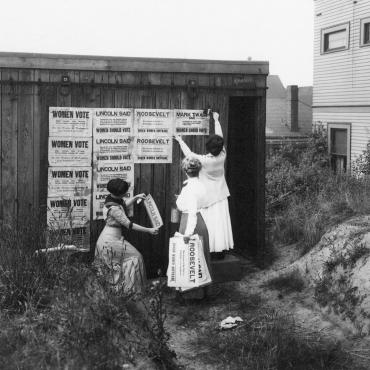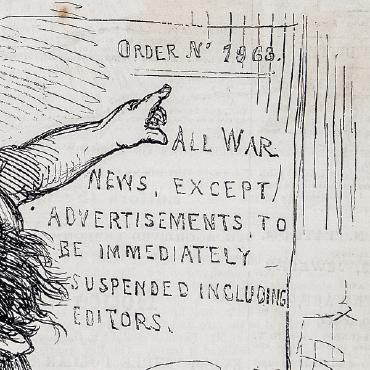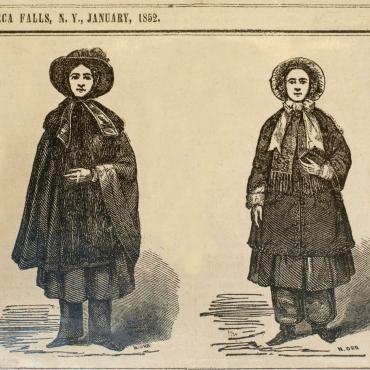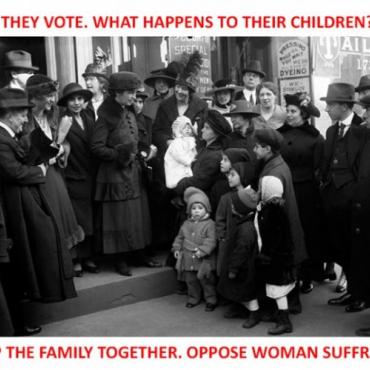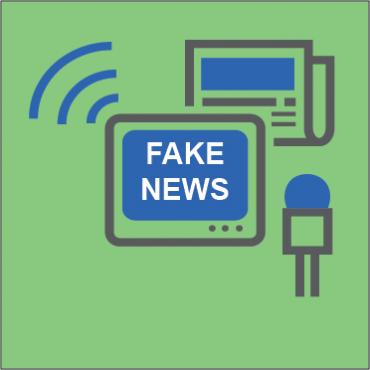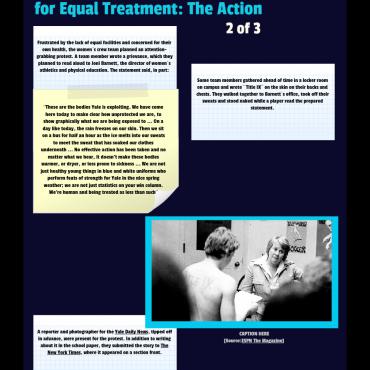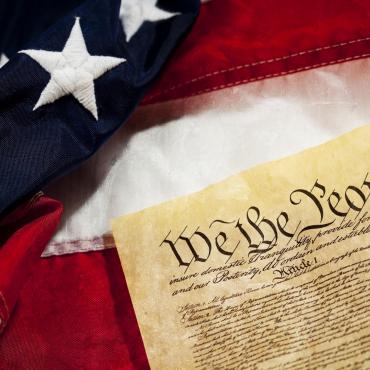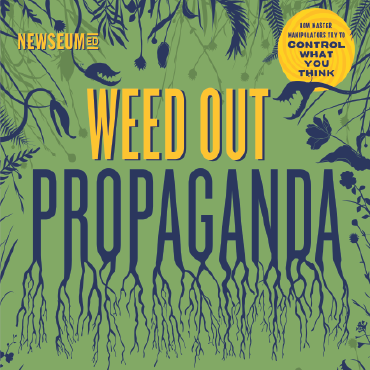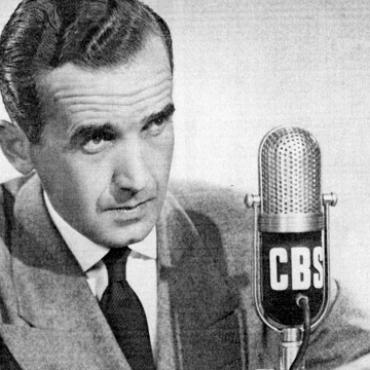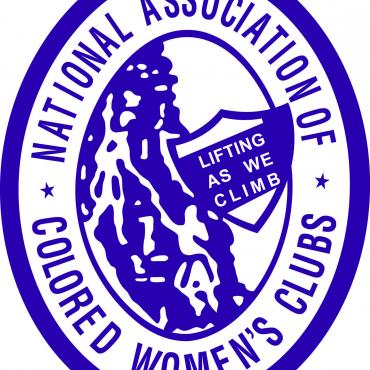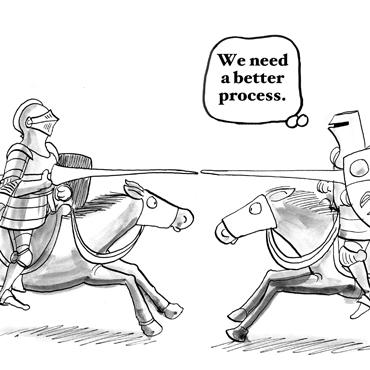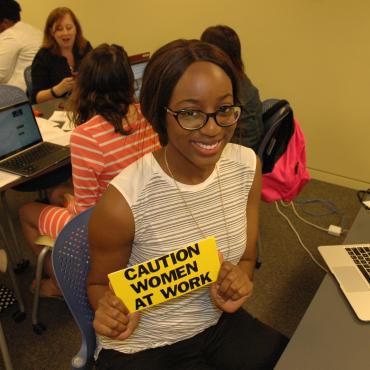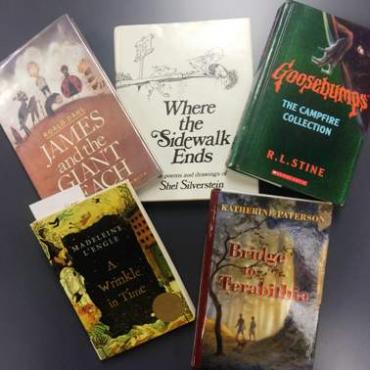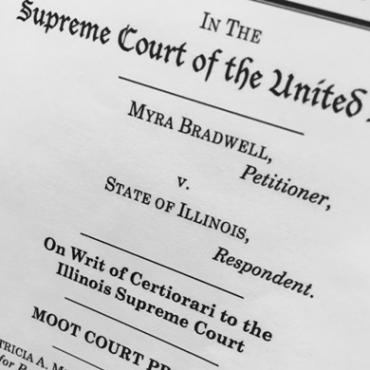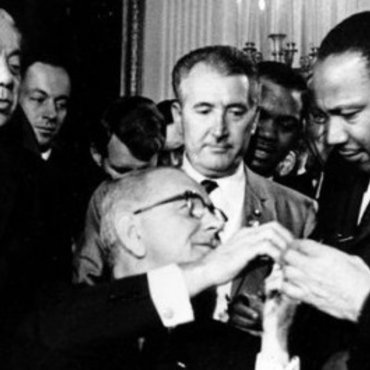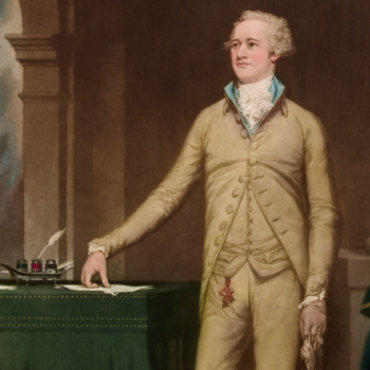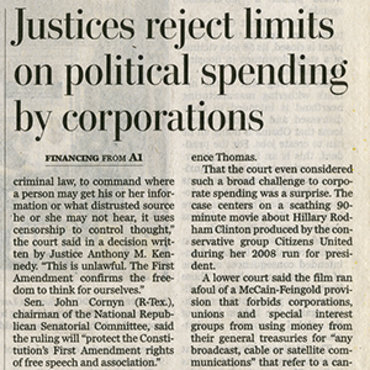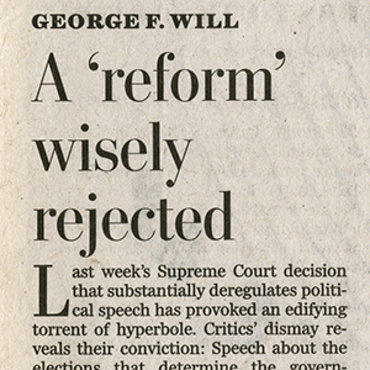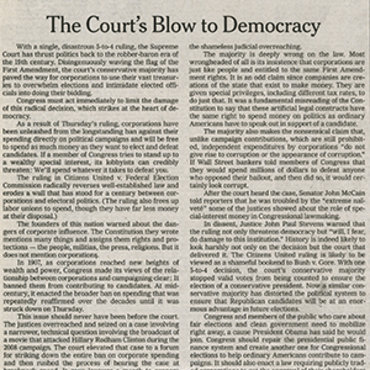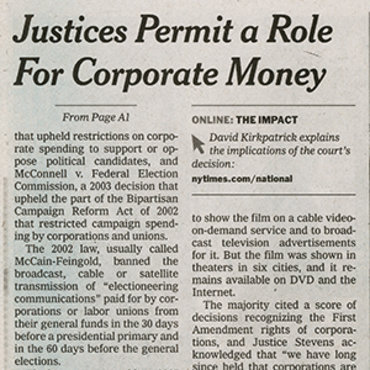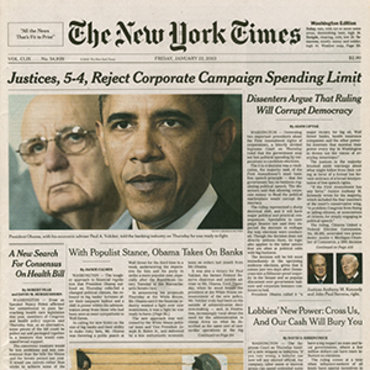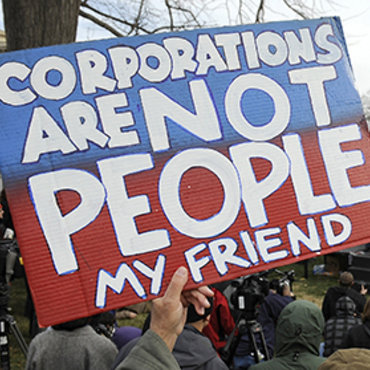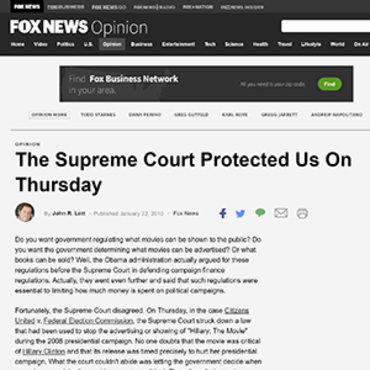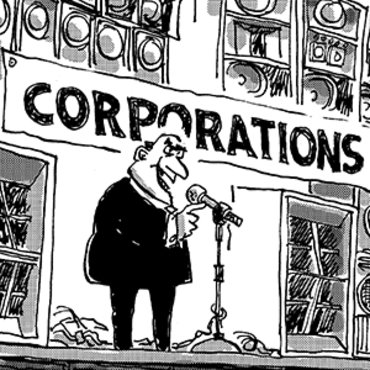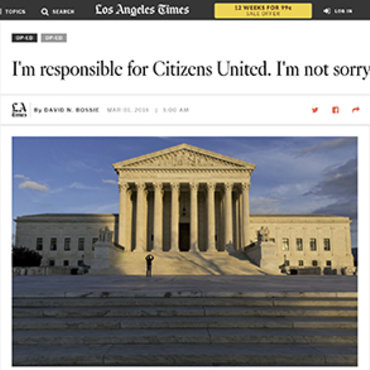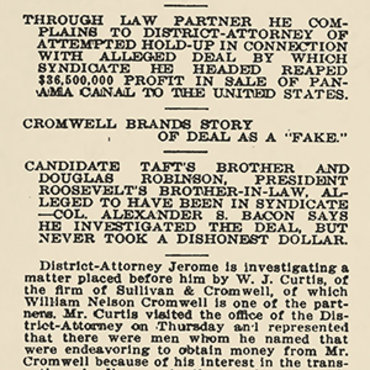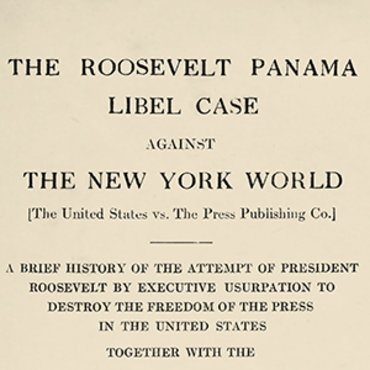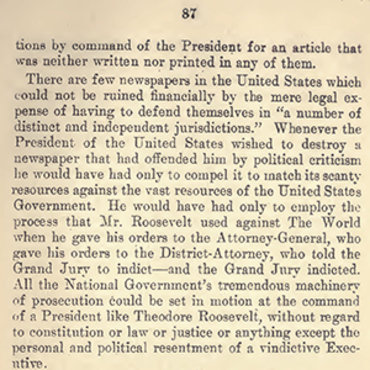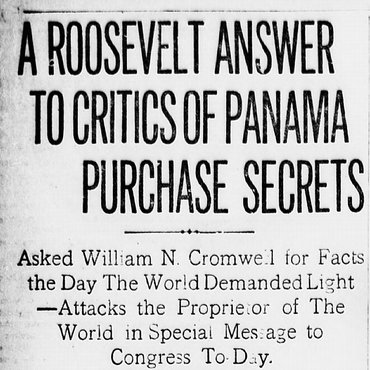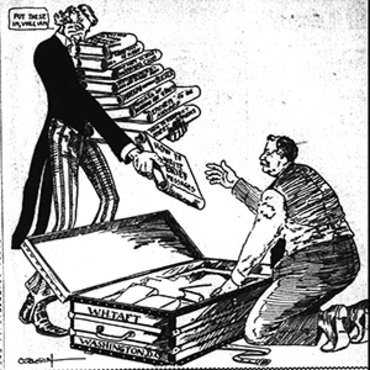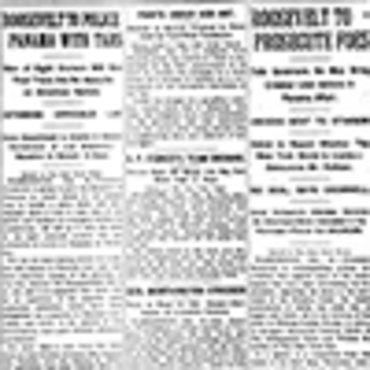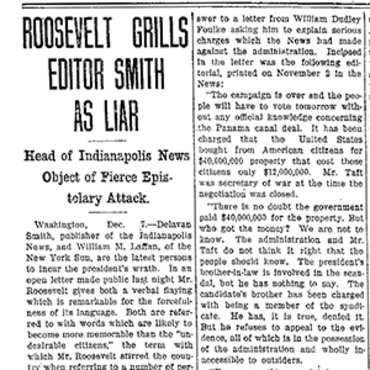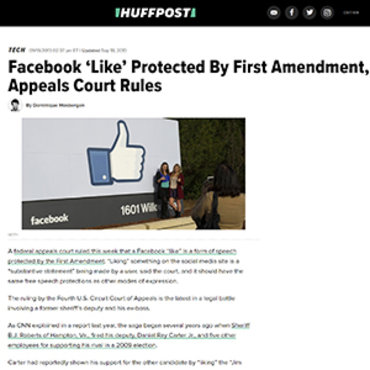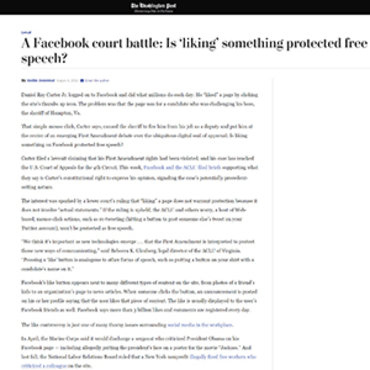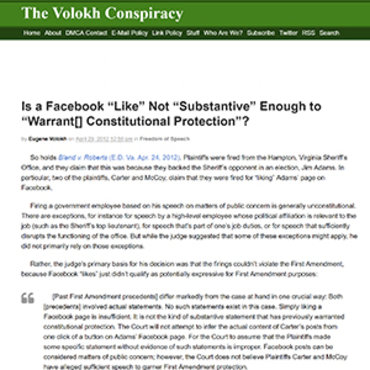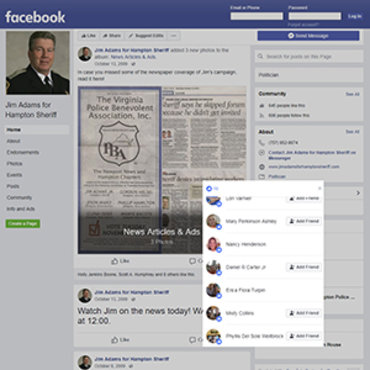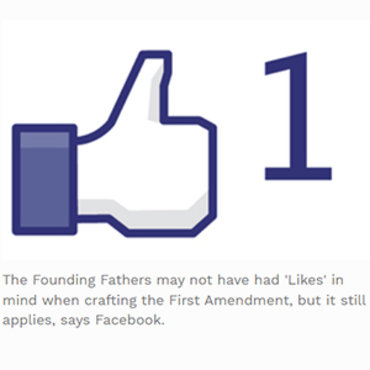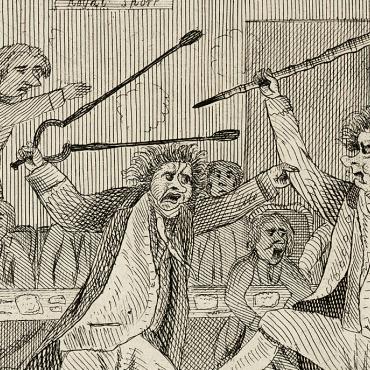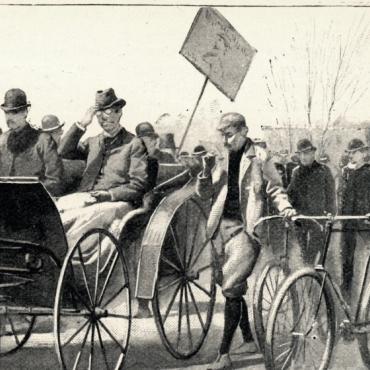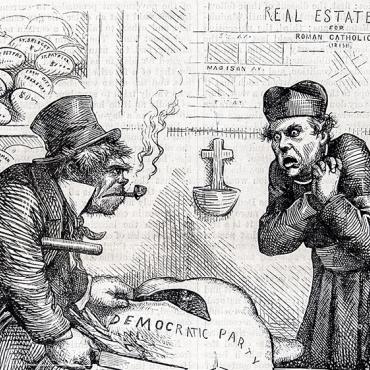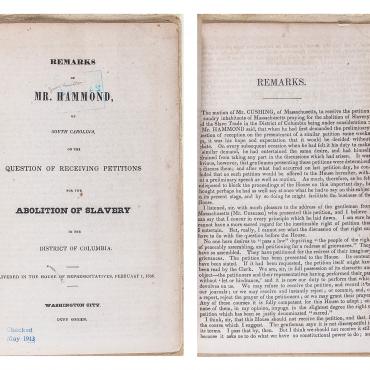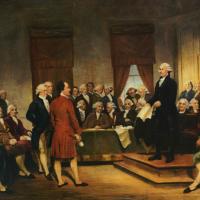
Battle for the Bill of Rights: Debating the Bill of Rights
A short essay with comprehension questions introduces students to the Federalist and Antifederalist positions.
Get even more great free content!
This content contains copyrighted material that requires a free NewseumED account.
Registration is fast, easy, and comes with 100% free access to our vast collection of videos, artifacts, interactive content, and more.
NewseumED is provided as a free educational resource and contains copyrighted material. Registration is required for full access. Signing up is simple and free.
With a free NewseumED account, you can:
- Watch timely and informative videos
- Access expertly crafted lesson plans
- Download an array of classroom resources
- and much more!
- Constitution
- Politics
- 3-8
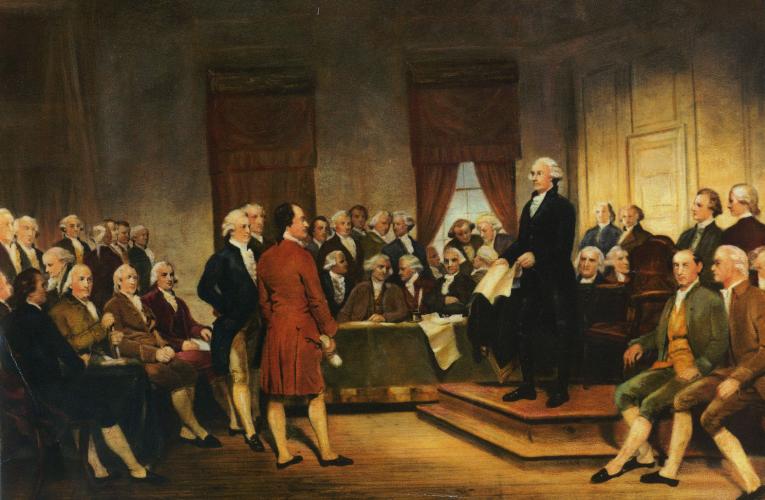
- Distribute copies of the essay and worksheet.
- Tell students that after a summer of debates, the Constitution was signed in 1787. Some people hoped that meant the arguments were over. But in some ways, they had just begun.
- Tell students that they will read a brief essay on the arguments made in 1789 for and against a bill of rights and then, as a group, discuss the ideas.
Debating the Bill of Rights essay and worksheet (download), one per student
- What are the strengths and weaknesses of the Federalists’ arguments?
- What are the strengths and weaknesses of the Antifederalists’ arguments?
- Why might Madison have thought it was important to form a committee to consider the amendments?
- What would life be like without a bill of rights?
- Should the bill of rights be updated? If so, what rights should be added or amended?
- Have students work in pairs or trios to create a timeline of the events leading up to the ratification of the Constitution and Bill of Rights.
- Using a historical map of the United States, have students shade in the states that had ratified the Constitution as of June 1788. Which states are not shaded in (indicating they had not ratified)? With a copy of the shaded map on the board, conduct a large group discussion about how James Madison might have felt going into the Virginia Ratifying Convention.
-
Common Core State Standards: CCSS.ELA-LITERACY.CCRA.R.1
Read closely to determine what the text says explicitly and to make logical inferences from it; cite specific textual evidence when writing or speaking to support conclusions drawn from the text. -
Common Core State Standards: CCSS.ELA-LITERACY.CCRA.R.3
Analyze how and why individuals, events, or ideas develop and interact over the course of a text. -
Common Core State Standards: CCSS.ELA-LITERACY.CCRA.W.1
Write arguments to support claims in an analysis of substantive topics or texts using valid reasoning and relevant and sufficient evidence.
-
National Center for History in the Schools: NCHS.US History.Era 3
Standard 1: The causes of the American Revolution, the ideas and interests involved in forging the revolutionary movement, and the reasons for the American victory Standard 2: The impact of the American Revolution on politics, economy, and society Standard 3: The institutions and practices of government created during the Revolution and how they were revised between 1787 and 1815 to create the foundation of the American political system based on the U.S. Constitution and the Bill of Rights
-
Center for Civic Education: CCE.II
A. What is the American idea of constitutional government? B. What are the distinctive characteristics of American society? C. What is American political culture? D. What values and principles are basic to American constitutional democracy? -
Center for Civic Education: CCE.V
A. What is citizenship? B. What are the rights of citizens? C. What are the responsibilities of citizens? D. What civic dispositions or traits of private and public character are important to the preservation and improvement of American constitutional democracy? E. How can citizens take part in civic life?
